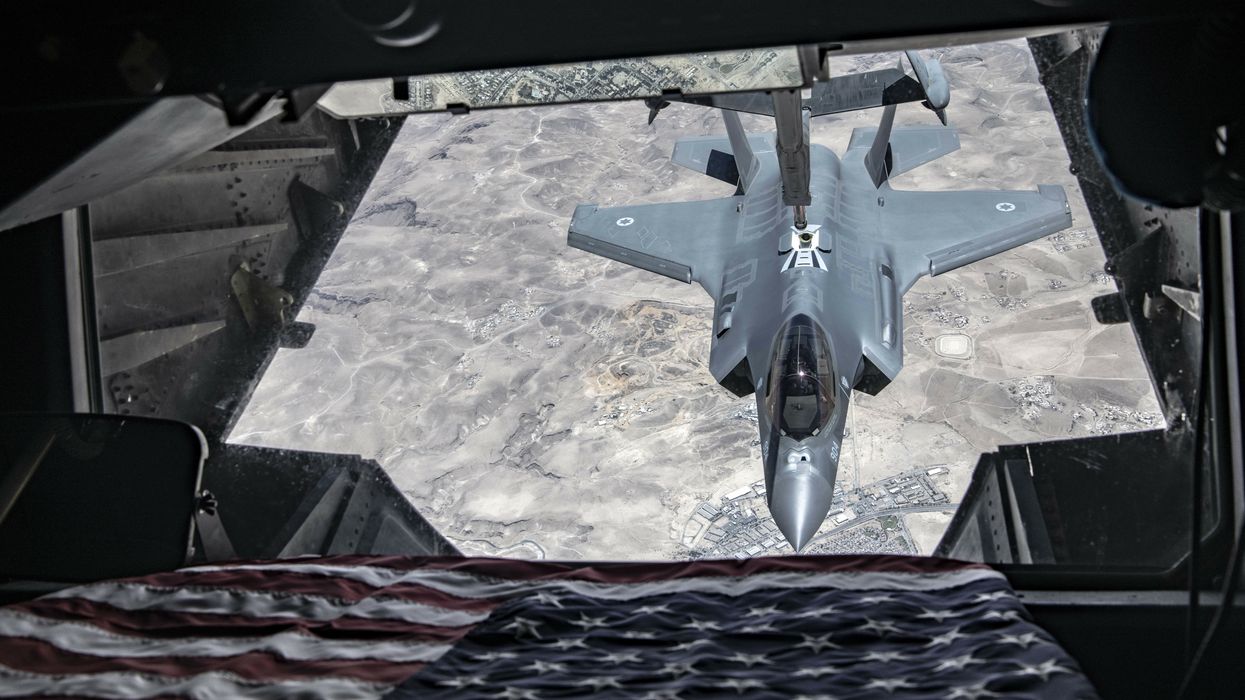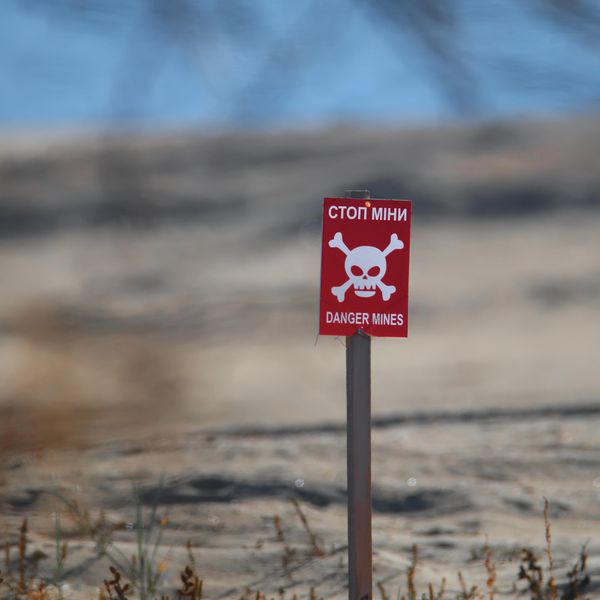Why do we still have American troops in Syria and Iraq? That is the million dollar question that the Biden Administration has yet to answer — at least with any satisfaction — for the American people. Meanwhile, our service members continue to be targets of hostile forces for a Washington strategy no one can quite articulate.
On April 7 there were reports of "two rounds of indirect fire" on the Green Village Base in eastern Syria, which is housing U.S. troops as part of Operation Inherent Resolve. U.S. Central Command said four American service members were being evaluated for traumatic brain injury as a result.
On Thursday, however, U.S. Central Command quietly announced that there were no rockets, but "but rather the deliberate placement of explosive charges by an unidentified individual(s) at an ammunition holding area and shower facility."
The release was brief and with no accompanying details, but the words echoed of the kind of Green-on-Blue attacks against coalition troops in Afghanistan during the height of the war there. As of 2017, according to counts, there had been more than 95 such attacks since 2012, killing 152 coalition service members and injuring 200.
There have been numerous rocket attacks against bases on which foreign soldiers, mostly Americans, are serving in Syria and Northern Iraq over the last two years. "Iranian backed militias" have been fingered in the attacks and they don't seem to be abating, though the administration never uses the incidents to explain or even justify why our presence continues to be useful there. Is it to stave off ISIS? Bashar Assad? Iranian militias?
"The United States has no compelling national security interest in Syria to justify an open-ended ground deployment of forces," wrote Defense Priorities' Natalie Armbruster in March, taking on each of the existing arguments for keeping forces in the region. Now that our troops can't even feel safe taking showers on base, isn't it time to get a straight answer from Washington?
















